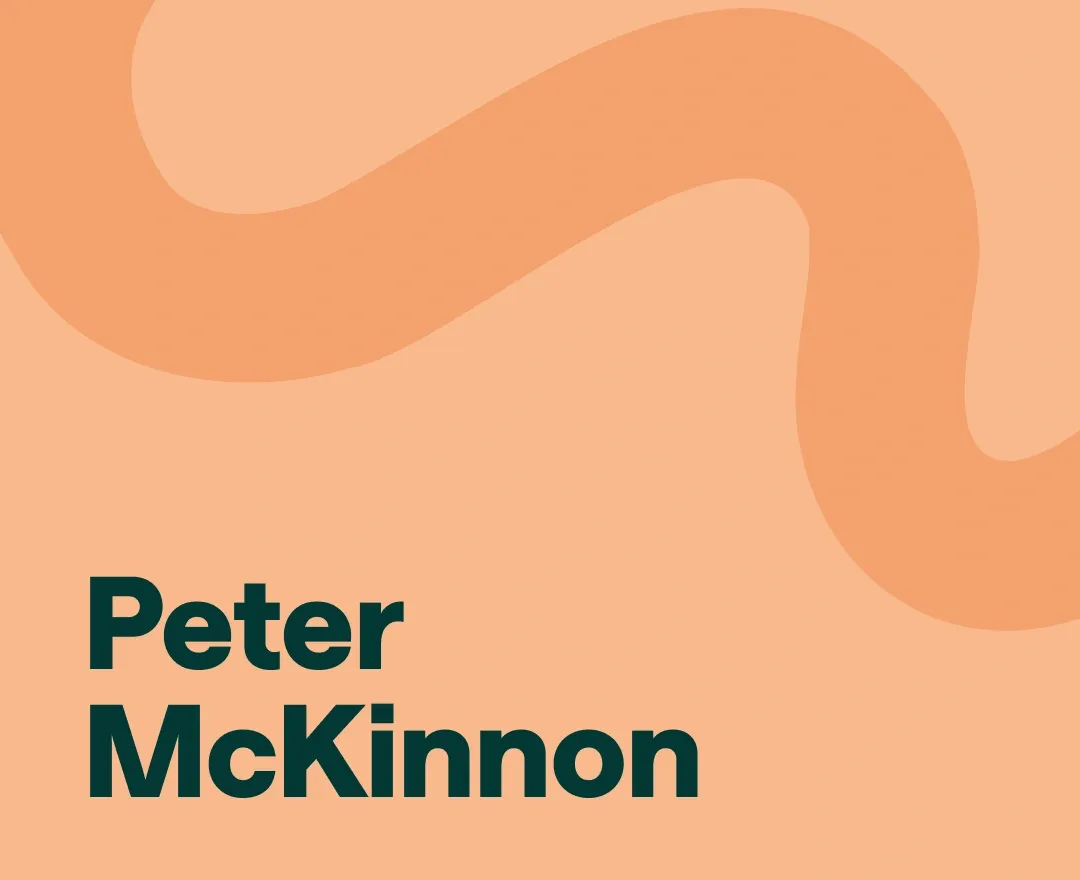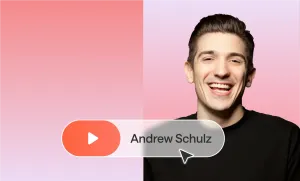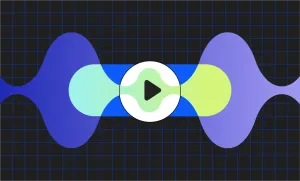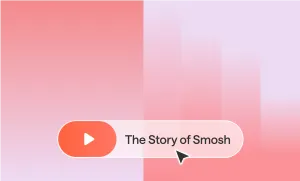There’s a moment in almost every Peter McKinnon video where the original reason you clicked starts to fade into the background.
Maybe you came for a tutorial on shutter speed, or to see what lens he’s reviewing, or to learn something about color grading, but somewhere along the way, you find yourself completely pulled in by the way the light hits a cup of coffee, the sound of gravel under boots, or the sweeping drone shot that somehow turns a random hill in Iceland into something that feels like the opening scene of a film.
That’s the hook. And McKinnon doesn’t rely on titles or thumbnails to get you there. He uses editing to draw you in slowly, layering emotion on top of utility, until the entire thing feels less like a YouTube video and more like a short film with a little lesson hidden inside it.
Photography, YouTube, and Everything Between
Before he became a full-time creator, Peter McKinnon was a photographer in Toronto, Canada, working behind the camera in just about every way he could. He shot weddings, did corporate video work, and even produced content for a magic supply company.
But in 2017, he uploaded a quick video called 8 Camera Hacks in 90 Seconds—a simple, punchy tutorial that quickly went viral. From that point on, his channel exploded.
Since then, he’s uploaded over 700 videos, gained more than 5.97 million subscribers, and crossed 630 million total views. His audience has followed him from gear reviews to cinematic vlogs to short documentaries, not because he sticks to one type of content, but because his videos always feel like they’re made with care, patience, and a deep understanding of what visual storytelling can do when it’s given the time to breathe.
Editing that Builds the Atmosphere
One of the most defining things about McKinnon’s work is how much intention he puts into editing videos. His cuts aren’t rushed. His transitions aren’t flashy just to be flashy. And his B-roll (while often stunning) isn’t there to distract you from the main narrative. Instead, it adds emotional weight, creating a sense of place, texture, and rhythm that makes each moment feel lived in.
He’s known for using techniques like speed ramping, whip pans, custom LUTs, and high dynamic range color correction. And, to be honest, that's just scratching the surface. There are so many possible combinations one could go through when creating a video, but he's mastered the art of correctly pairing the equipment he uses, the filming techniques, and the editing depending on the scope of his content.
He could be talking about something as deep as the stress of burnout, or a lighter subject like lighting principles, and his editing style adjusts to match the subject. Nothing feels copy-pasted. Nothing feels like it’s trying to “go viral.” It’s designed to feel cinematic without losing intimacy.
Why People Watch, and Why They Stay
Most of Peter’s audience finds him through tutorials. That’s the entry point. People come for his advice on cameras, lenses, transitions, or storytelling basics. But the reason they stay is because his videos consistently offer more than technical instruction. They offer context. They offer stories that aren’t reduced to one-sentence hooks or trend-driven edits.
For example, The Bucket Shot, one of his most well-known uploads, isn’t really about how to take a photo. It’s about the years he spent thinking about a single location, the emotional pressure of finally getting there, the trip it took to make it happen, and how all of that influenced the final shot. It’s a ten-minute video about a picture, but it feels like a story about patience, timing, and the creative process. And that’s why it’s been watched over 3.7 million times.
What You Can Take From Peter's Editing Style
- Video editing should support tone, not just structure. If your content is funny, let your cuts breathe. If it’s serious, build tension. Editing is how you teach the audience how to feel about what they’re watching.
- Cinematic doesn’t have to mean complicated. A single light source, natural sound, and smart pacing can create something that feels high-end without needing a Hollywood budget.
- Don't treat b-roll as just filler footage. When used with intention, it can make your video feel richer, more immersive, and more memorable.
- Slower pacing can actually increase engagement. Peter’s videos prove that when editing is thoughtful, audiences are willing to slow down with you—and stay longer.
- Always think about experience, not just delivery. Viewers don’t remember every lens or setting you recommend. They remember how your video made them feel. Editing is your chance to shape that feeling.








